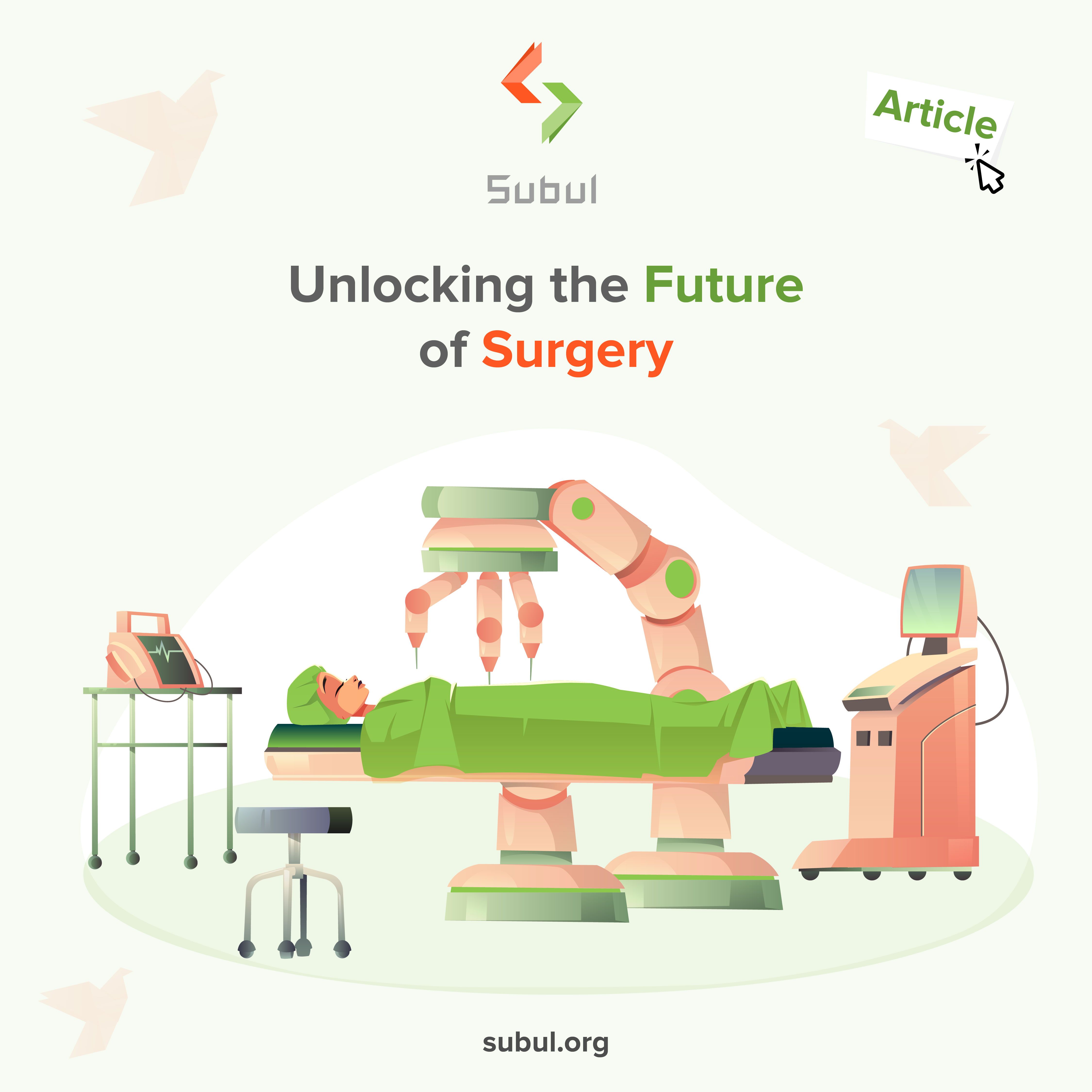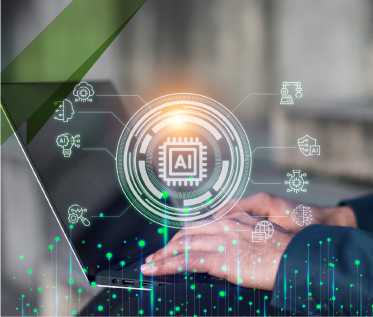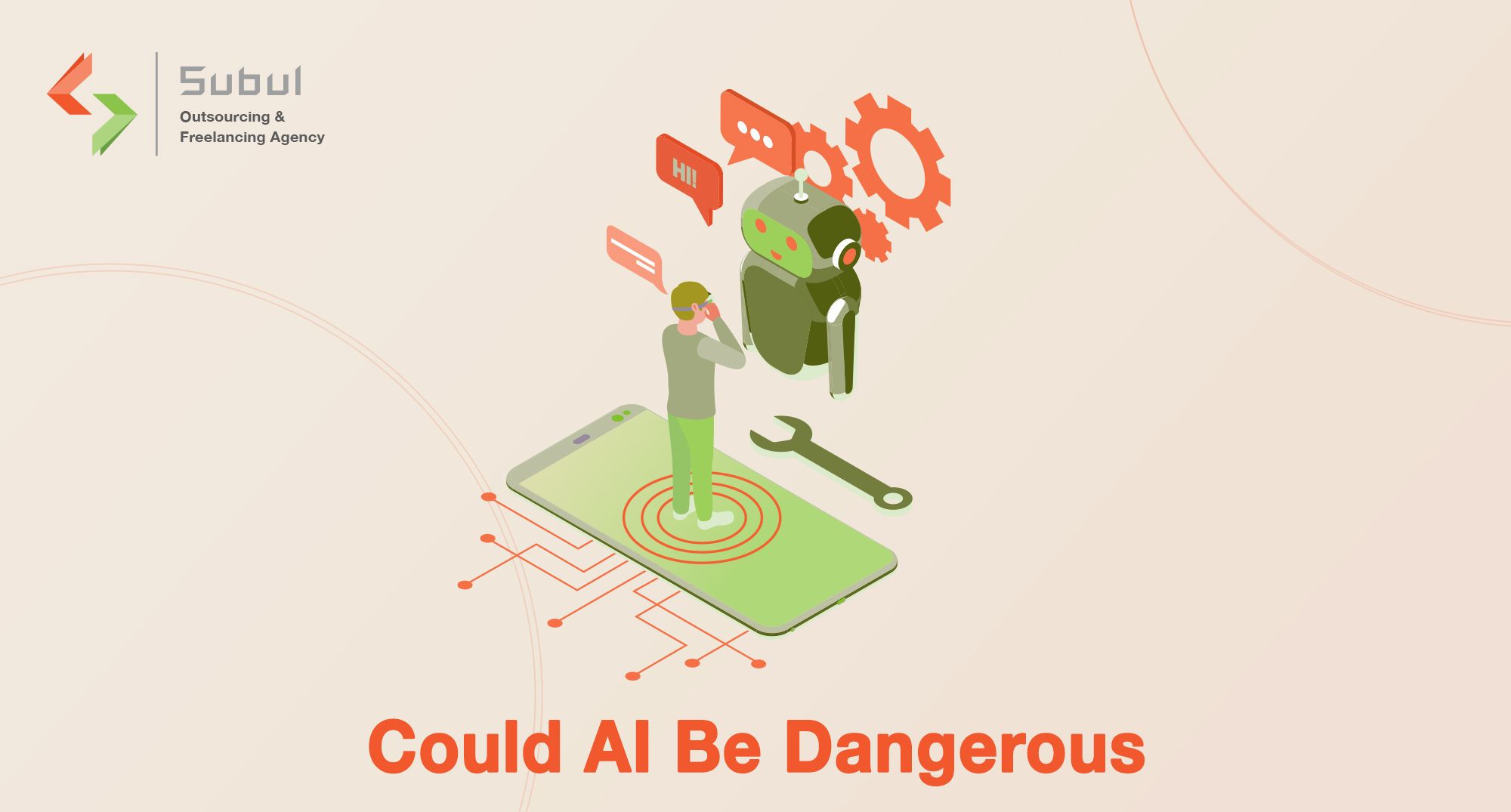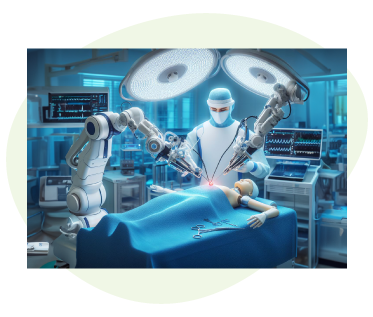
Robotic surgery, backed by advancements in artificial intelligence (AI) technologies, has witnessed remarkable growth over the past 35 years.
This article explores the significant benefits of applying robotics in surgical procedures and highlights the groundbreaking role of AI in transforming healthcare.
Benefits of Robotic Surgery

Robotic surgery offers a plethora of advantages for both patients and doctors. With minimally invasive procedures, patients experience reduced blood loss, shorter hospital stays, faster recovery times, and minimal scarring.
The precision and accuracy provided by AI-powered robotic systems enhance clinical outcomes, resulting in improved patient satisfaction and reduced healthcare costs.
Expanding AI Applications in Surgery
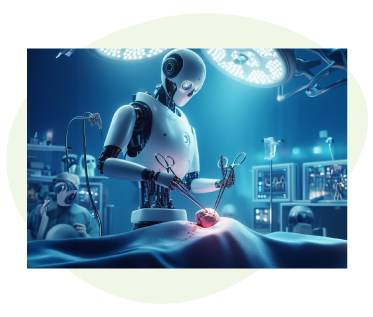
AI's impact in surgery extends beyond robotic procedures. By harnessing the potential of Deep Learning (DL), Computer Vision (CV), Machine Learning (ML), and Natural Language Processing (NLP), remarkable advancements are achieved in various aspects of healthcare.
Detection and Diagnostics
AI systems leveraging deep learning algorithms analyze medical scans and detect not only cancer but also other complex conditions such as cardiovascular diseases, neurological disorders, and musculoskeletal abnormalities.
These systems learn from vast datasets, continuously refining their diagnostic accuracy and enabling earlier interventions.
Enhancing Surgical Efficiency
AI technologies play a crucial role in enhancing surgical efficiency.
Computer vision algorithms assist in real-time surgical navigation, providing surgeons with precise anatomical information and improving their spatial awareness during complex procedures.
Machine learning algorithms analyze patient data to predict surgical outcomes, enabling surgeons to make informed decisions and tailor treatment plans for optimal results.
Augmented Surgical Assistance
AI-powered surgical robots act as valuable assistants to surgeons, enhancing their capabilities and extending their reach.
These robotic systems offer features such as tremor cancellation, enabling precise movements even during intricate procedures.
Surgeons can benefit from haptic feedback, enabling them to feel the tissues and make informed decisions during delicate surgeries.
Training and Skill Development

AI-based simulation platforms provide surgeons with immersive training environments to enhance their skills and expertise.
These virtual reality and augmented reality systems allow surgeons to practice complex procedures, refine their techniques, and gain confidence before performing surgeries on actual patients.
By leveraging AI, surgical training becomes more accessible, standardized, and efficient.
Data-Driven Decision Making
AI technologies analyze large volumes of patient data, including medical records, research studies, and treatment outcomes, to provide evidence-based recommendations for surgical interventions.
By integrating clinical data with AI algorithms, surgeons can make more informed decisions, personalize treatments, and improve patient outcomes.
Advancements and Future Possibilities
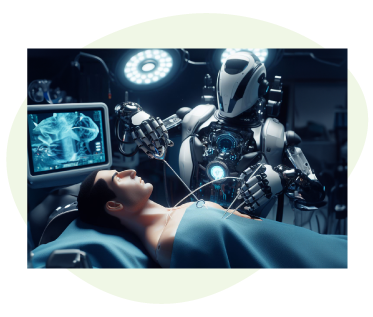
While the widely used Da Vinci system by Intuitive Surgical dominates the field, continuous advancements and alternative models are emerging.
Future robotic systems are expected to be more compact, portable, and cost-effective, allowing for increased accessibility in both developed and developing regions.
Furthermore, advancements in AI algorithms will continue to refine surgical techniques, expand the scope of robotic surgeries, and drive innovation in healthcare.
Conclusion
The fusion of AI and robotic surgery has revolutionized the field of healthcare, ushering in a new era of precision and efficiency. Robotic surgery, coupled with AI technologies, offers numerous benefits, including improved patient outcomes, reduced complications, and enhanced surgical precision.
As AI continues to advance and robotic systems become more sophisticated, the future of surgery holds great promise, enabling surgeons to provide safer, more effective, and personalized care to patients worldwide.
FAQ
- What is robotic surgery, and how does it work?
Robotic surgery refers to the use of robotic systems controlled by surgeons to perform minimally invasive procedures. These systems consist of robotic arms equipped with surgical instruments and a high-definition camera. Surgeons operate the robotic arms from a console, using precise hand and finger movements. The system translates the surgeon's motions into precise movements of the robotic instruments, providing enhanced dexterity and precision during surgery. - What are the benefits of robotic surgery over traditional surgery?
Robotic surgery offers several advantages over traditional surgery. These include smaller incisions, reduced blood loss, faster recovery times, shorter hospital stays, decreased pain and scarring, and improved surgical precision. Robotic systems also enable surgeons to perform complex procedures with enhanced vision and control, resulting in better clinical outcomes and improved patient satisfaction. - How does artificial intelligence (AI) contribute to robotic surgery?
AI plays a vital role in robotic surgery by powering advanced algorithms that enhance decision-making, imaging analysis, and surgical navigation. Machine learning algorithms analyze vast amounts of surgical data to improve surgical techniques, predict outcomes, and assist surgeons in making informed decisions. Computer vision algorithms enable real-time image processing, providing surgeons with detailed anatomical information during procedures. AI-driven robotics enable surgeons to perform tasks with enhanced accuracy and efficiency. - What are the potential risks and challenges associated with robotic surgery? Although robotic surgery offers numerous benefits, it is not without risks and challenges. Potential risks include equipment malfunctions, technical errors, and the need for specialized training for surgeons to operate the robotic systems effectively. Additionally, the high cost of acquiring and maintaining robotic systems can limit their accessibility in some healthcare settings. Ongoing research and continuous training are essential to mitigate these risks and ensure the safe and effective implementation of robotic surgery.
- What does the future hold for robotic surgery and AI in healthcare? The future of robotic surgery and AI in healthcare is promising. Advancements in AI algorithms will further enhance surgical precision, decision-making, and personalized treatments. Robotic systems are expected to become more compact, cost-effective, and widely available, expanding their accessibility in both developed and developing regions. Additionally, AI technologies will continue to revolutionize diagnostics, patient monitoring, and surgical training, contributing to improved patient outcomes and the advancement of healthcare as a whole.
